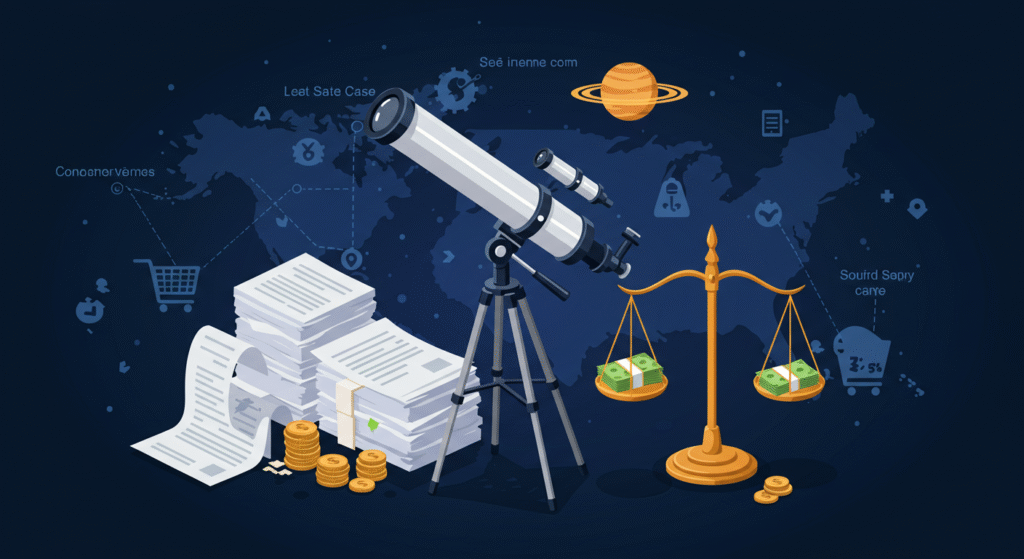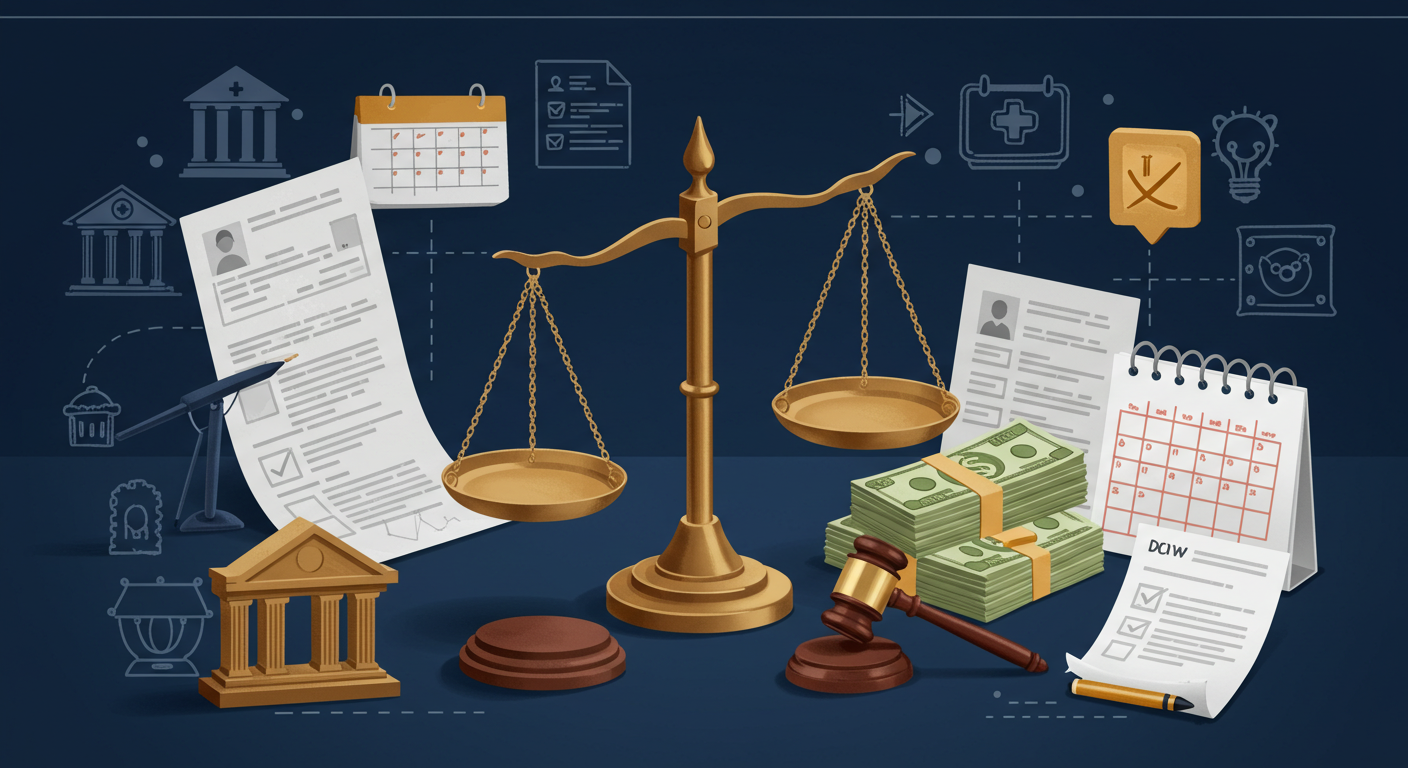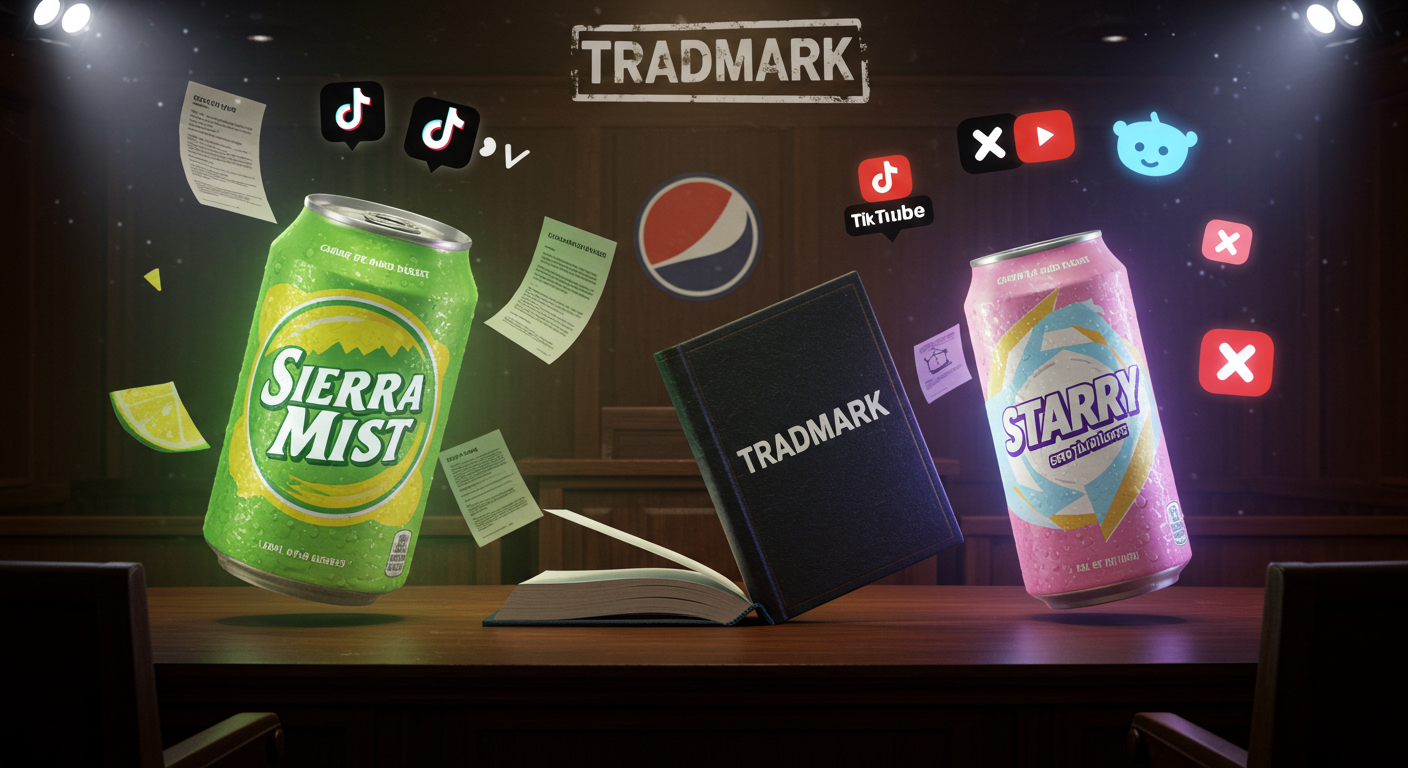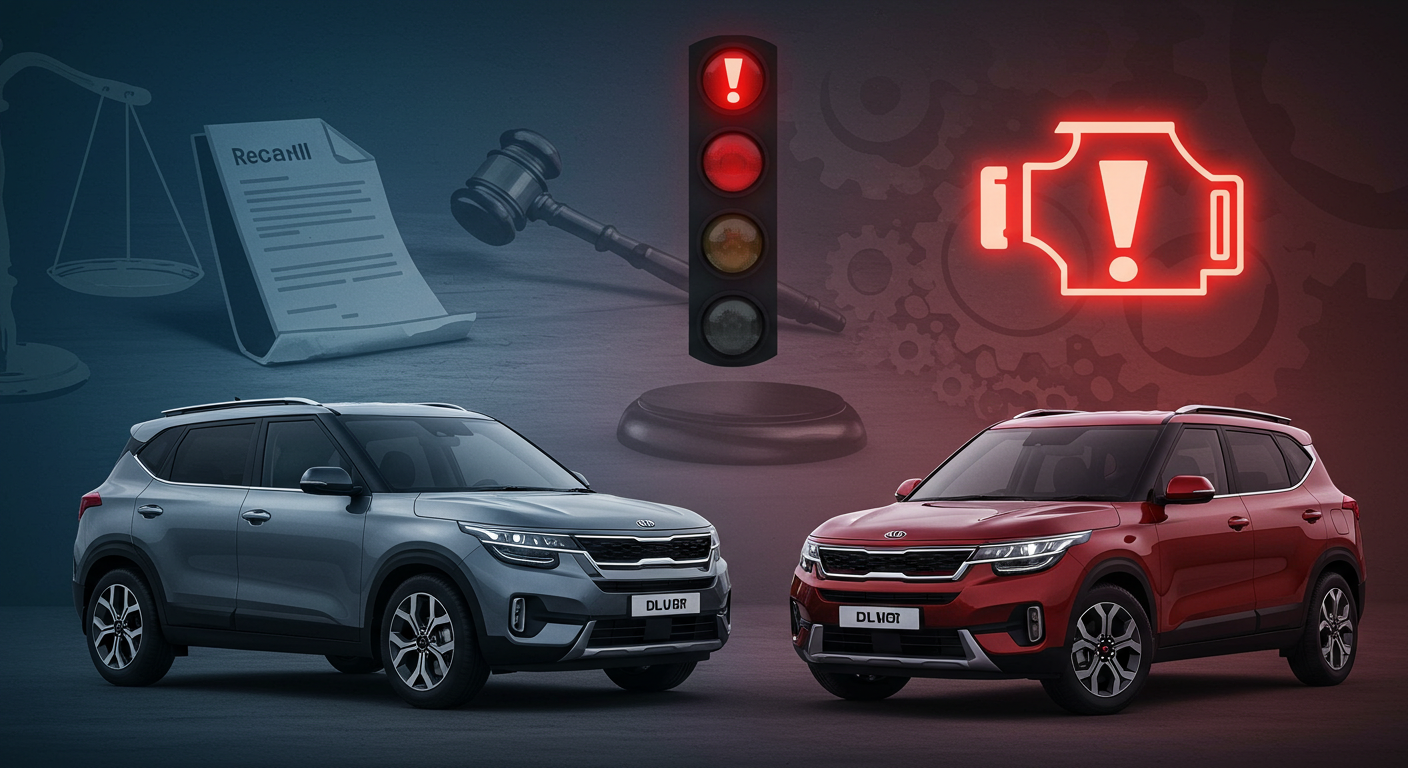Did you buy a telescope between January 2005 and September 2023? You might have paid too much. A big lawsuit led to a $32 million settlement to give money back to buyers. The lawsuit said some telescope companies worked together to keep prices high.
I’m Orland Howell, and I’ve written about lawsuit settlements for four years. I help people and law firms understand these cases with easy words. This guide explains the settlement simply so you know what happened and how people got their money. Let’s start.
What Was the Telescope Settlement?
The Telescope Settlement gave money to people who bought telescopes after a court case. The lawsuit, called In re Telescopes Antitrust Litigation Indirect Purchaser Actions, said big telescope companies broke rules by keeping prices high to make more money.
The settlement paid $32 million to people who bought telescopes from January 1, 2005, to September 6, 2023. That’s almost 19 years. Many people, like hobbyists, parents buying for kids, or stargazers, paid more than they should have.
The companies didn’t say they did anything wrong. They settled to end the case. This happens a lot in big lawsuits. A court in San Jose, California, looked at the deal and said it was fair.
I’ve studied many cases like this. This one matters because it helped people who love looking at stars. Telescopes let us see the sky, but high prices made it harder for some.
Why Did the Lawsuit Happen?
The lawsuit started because a few companies controlled most telescope sales in the U.S. They made brands like Celestron and Meade. These companies were connected to businesses in Taiwan and China, like Synta Technology Corp. and Ningbo Sunny Instruments.
The lawsuit said these companies did three things:
- They split the market. One sold fancy telescopes, and another sold cheaper ones. This stopped them from competing, which should keep prices low.
- They secretly agreed to keep prices high by talking in meetings and emails.
- They bought other companies to control the market. For example, Synta bought Celestron in 2005, and Ningbo Sunny bought Meade in 2013. This broke rules from the Federal Trade Commission.
Because of this, telescopes cost 10% to 20% more than they should have. In 2023, the U.S. telescope market was worth $1.21 billion. More people started stargazing during the pandemic, but high prices stopped some from buying.
The lawsuit was for “indirect buyers”—people and small businesses who bought from stores like Amazon or Orion Telescopes, not straight from the companies. Big stores had a different case. This settlement was only for indirect buyers in certain states.
My work with these cases shows they help keep prices fair. They stop companies from charging too much.
Who Could Get Money?
Not everyone who bought a telescope could get money. You had to be in the “Settlement Class.” Here’s who qualified:
- You bought a telescope between January 1, 2005, and September 6, 2023.
- You bought a telescope for home use, not for professionals.
- You bought from a store or online, not directly from the companies. Brands like Celestron, Meade, Orion, Sky-Watcher, Zhumell, and Olivon counted.
- You lived in one of these 29 states or Washington, D.C., when you bought: Arizona, Arkansas, California, Connecticut, District of Columbia, Florida, Hawaii, Illinois, Iowa, Kansas, Maine, Massachusetts, Michigan, Minnesota, Mississippi, Missouri, Montana, Nebraska, Nevada, New Hampshire, New Mexico, New York, North Carolina, North Dakota, Oregon, Rhode Island, South Carolina, South Dakota, Tennessee, Utah, Vermont, West Virginia, Wisconsin.
If you bought a telescope as a gift and paid for it, you could claim. Small businesses that bought for use, not resale, also qualified. If you got a telescope for free or as a prize, you couldn’t claim.
Look at old receipts or Amazon orders. Did you buy a Celestron NexStar in 2010 for a school project? That counted. Or a Sky-Watcher for camping in 2020? That counted too.
I’ve seen people miss out because they didn’t check old emails or boxes. It was worth checking to see if you could claim.
Which Companies Were Involved?
The settlement involved several companies that worked together:
- Synta Technology Corp. (Taiwan): Owned Celestron and sold fancy telescopes.
- Suzhou Synta Optical Technology Co. Ltd. (China): Made parts for many brands.
- Nantong Schmidt Opto-Electrical Technology Co. Ltd.: A Chinese company tied to Synta.
- Synta Canada International Enterprises: Handled sales in North America.
- Pacific Telescope Corp. and SW Technology Corp.: U.S. parts of the group.
Other companies settled too:
- Ningbo Sunny Instruments Co. Ltd. (China): Owned Meade and made cheaper telescopes.
- Sunny Optical Technology Co. Ltd.: Made lenses and parts.
- Meade Instruments Corp. (U.S.): Known for starter telescopes.
- Sunny Optics Inc.: Handled U.S. sales for Sunny.
People like Wenjun “Peter” Ni and Wenjian Wang were named for making price deals. The companies were connected through owner David Shen. They split the market: Synta took fancy telescopes, and Sunny took cheaper ones. This stopped price drops that could have saved you money.
Knowing these brands helped you check if your telescope qualified. Celestron sold millions of telescopes in those years.
How Did People Claim Their Money?
Claiming money was simple, but you had to act by May 20, 2025. Here’s how it worked:
Step 1: Check If You Qualified
People went to www.telescopesettlement.com. The website had a quick quiz about when, where, and what you bought. If you qualified, you moved to the next step.
Step 2: Find Proof
You didn’t need receipts for every claim, but they helped you get more money. You could look for:
- Emails from Amazon or Orion.
- Credit card statements showing telescope buys.
- Boxes or manuals with brand names.
Without proof, you got a smaller amount based on average prices.
Step 3: Fill Out the Claim Form
The form was online or by mail. It asked for:
- Your name and address.
- How many telescopes you bought.
- About when you bought them and how much you paid.
- The state you lived in when you bought.
It took about 10 minutes. If you mailed it, you printed and signed it.
Step 4: Send the Form
You sent it online or mailed it to: Telescopes Antitrust Litigation Settlement Administrator, P.O. Box 301172, Los Angeles, CA 90030-1172.
Step 5: Wait for Approval
The court had a final hearing in April 2025. After approval, checks were mailed 60–90 days later. You could check your claim status on the website.
If you chose not to join or filed your own lawsuit, you missed this money. Most people joined because it was easy and safe.
I’ve helped readers with many claims like this. I always said to start early to avoid a rush.
How Much Money Did People Get?
The $32 million was split after costs. Lawyers took about 30% for their work, plus $5–10 million for expenses and payments to people who started the lawsuit. About $15–20 million went to claimants.
How much you got depended on your claim:
- No Proof: $25 per telescope.
- With Proof: Up to $100 or 10% of what you paid, whichever was more. Some got $200–500 for multiple telescopes.
- Average Amount: Most people got $50–150.
If 200,000 people claimed, each got about $75–100. People who filed early got paid first.
The money wasn’t taxed as income, but you should check with a tax expert. My work shows these payments helped families who bought telescopes over the years.
How Did the Court Process Work?
The lawsuit began in 2018 in the U.S. District Court for the Northern District of California. People found emails showing secret price deals. Collecting proof took years, showing how companies met in China to set prices.
By 2023, they agreed to the $32 million settlement. The judge gave early approval in late 2024. Notices went out by email (like from Amazon) and in astronomy magazines.
The final approval happened in April 2025. No one fought it, so payments went out fast. This showed that big lawsuits take time but can work.
Why Was This Settlement Important?
This settlement fixed a market that wasn’t fair. Telescope prices dropped as new companies joined in. Brands like Unistellar grew, and the market is expected to be worth $1.37 billion by 2032.
For buyers, it meant getting money back. One person online said, “I bought three Celestron telescopes and got $225 back!” Stories like that showed it made a difference.
As an expert, I think this settlement showed why we should pay attention. It gave power back to people against big companies.
Tips to Find Other Settlements
Want to find more settlements?
- Sign up for alerts on sites like TopClassActions.com.
- Look at emails for “class action” messages.
- Keep receipts for at least five years.
- Check astronomy forums for news.
These tips helped my readers save a lot of money.
Common Questions About the Settlement
Q: I bought in Texas. Could I claim?
A: No, only the listed states qualified. Look for other lawsuits.
Q: I lost my receipt. Could I claim?
A: Yes, you could file anyway. You got less money, but it was free to try.
Q: Did I miss the deadline?
A: Claims ended on May 20, 2025. Contact the administrator—sometimes late claims worked.
Q: Did this change my telescope’s warranty?
A: No, the settlement was only about past prices.
Final Thoughts: Get Your Money and Keep Stargazing
The Telescope Settlement was a big win for fair prices in a hobby we love. Over $32 million went to people who bought from these brands. If you qualified, I hope you got your money. Settlements like this happen when people stand up. As Orland Howell, with four years of experience, I’m here to explain these cases in simple words. Whether it’s telescopes or other lawsuits, knowing your rights is powerful.
Disclaimer: This article shares general information about the Telescope Settlement from public sources. It is not legal advice. For help, talk to a lawyer or visit www.telescopesettlement.com. Always check official settlement details for eligibility and deadlines.
Explore More:
Home Again Settlement (2024–25): $3.5M Payouts, Who Qualified & How Claims Were Paid
OneMain Financial FCCPA Settlement — Who Got Paid, How Much, and What Happened After Deadline

Orland Howell is a seasoned content writer with four years of deep expertise in crafting compelling and informative content about lawsuit settlements. With a keen understanding of legal nuances and a talent for translating complex topics into clear, engaging narratives, Orland helps law firms, legal professionals, and clients communicate effectively. His work spans blog posts, articles, whitepapers, and website content, all designed to educate, inform, and drive results. Passionate about empowering audiences with knowledge, Orland combines precision, creativity, and industry insight to deliver content that resonates and builds trust.






